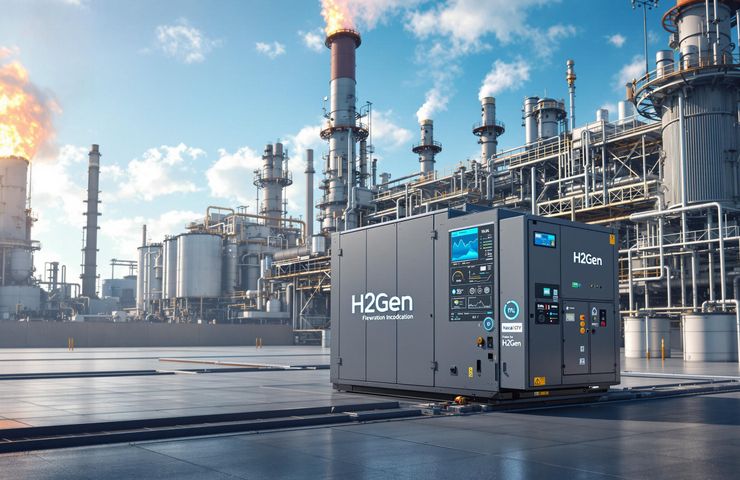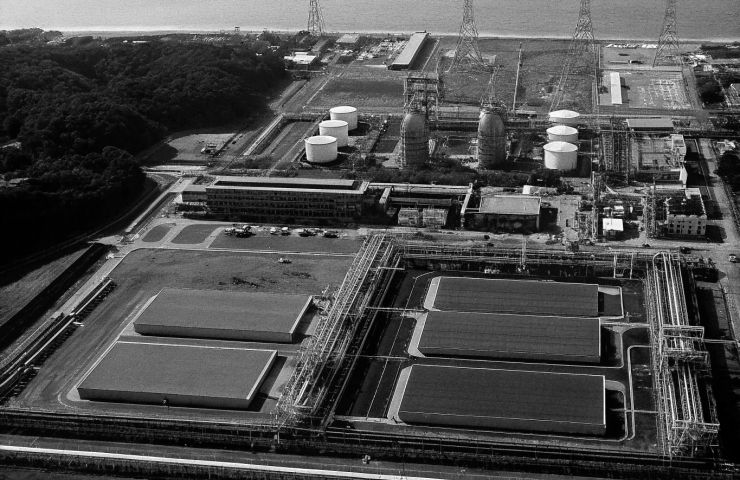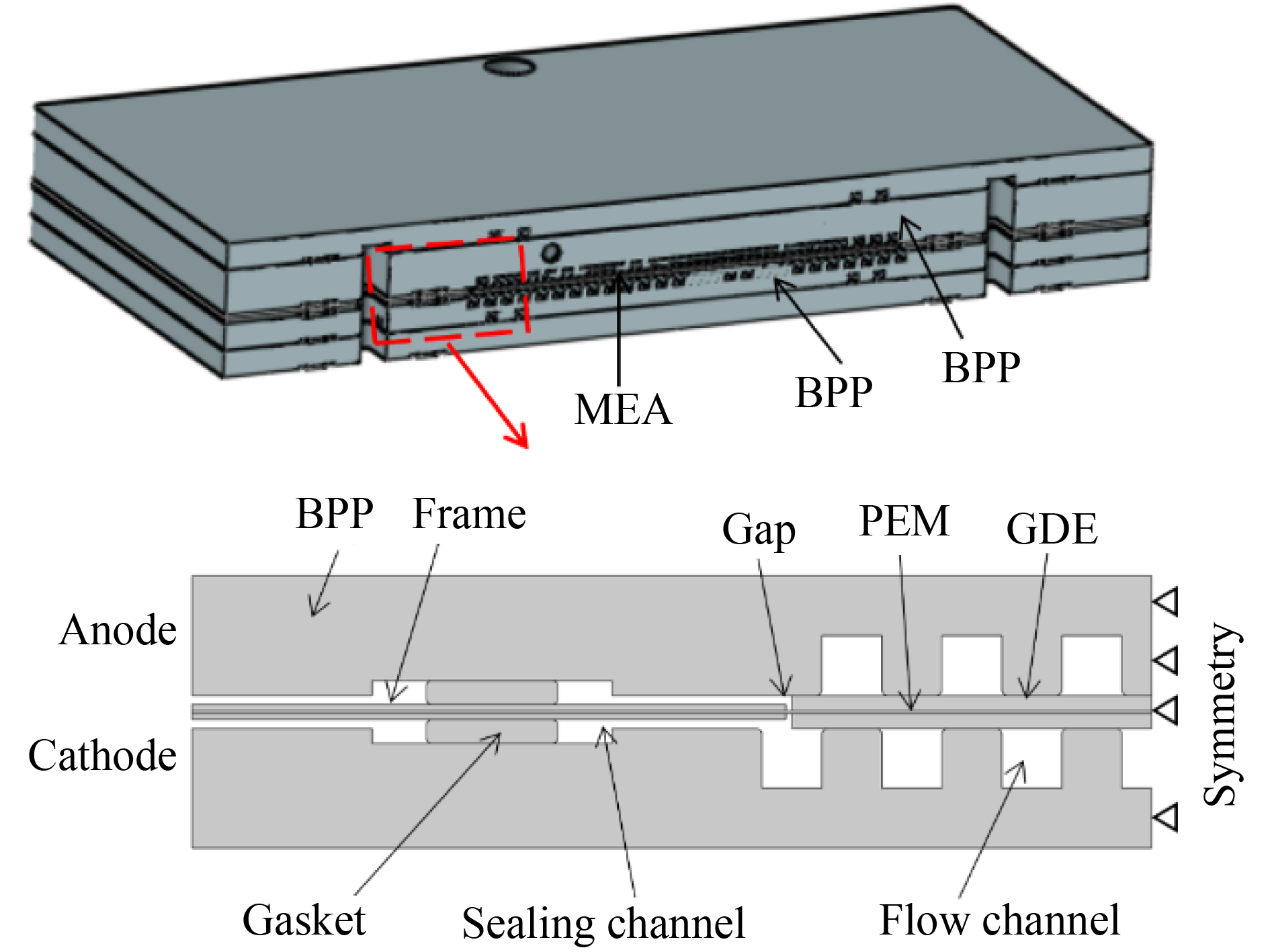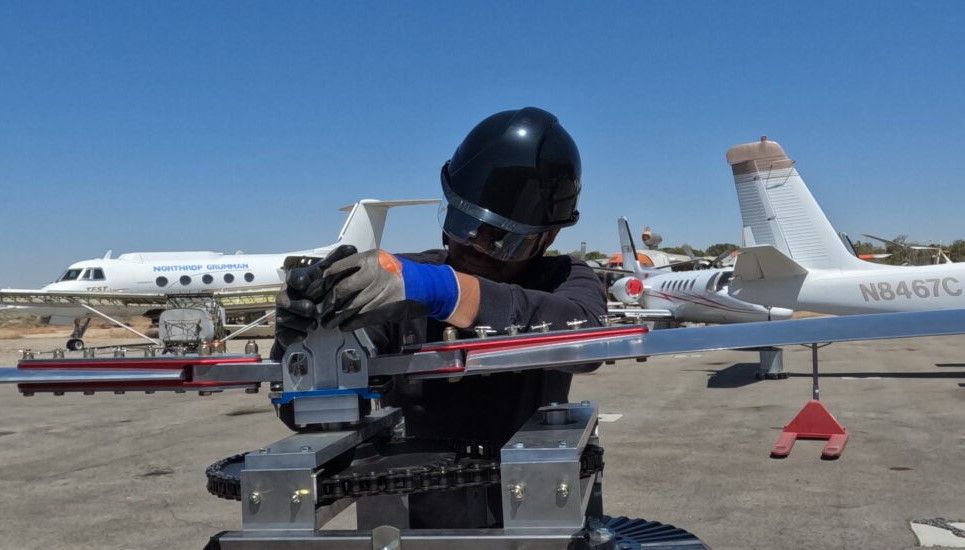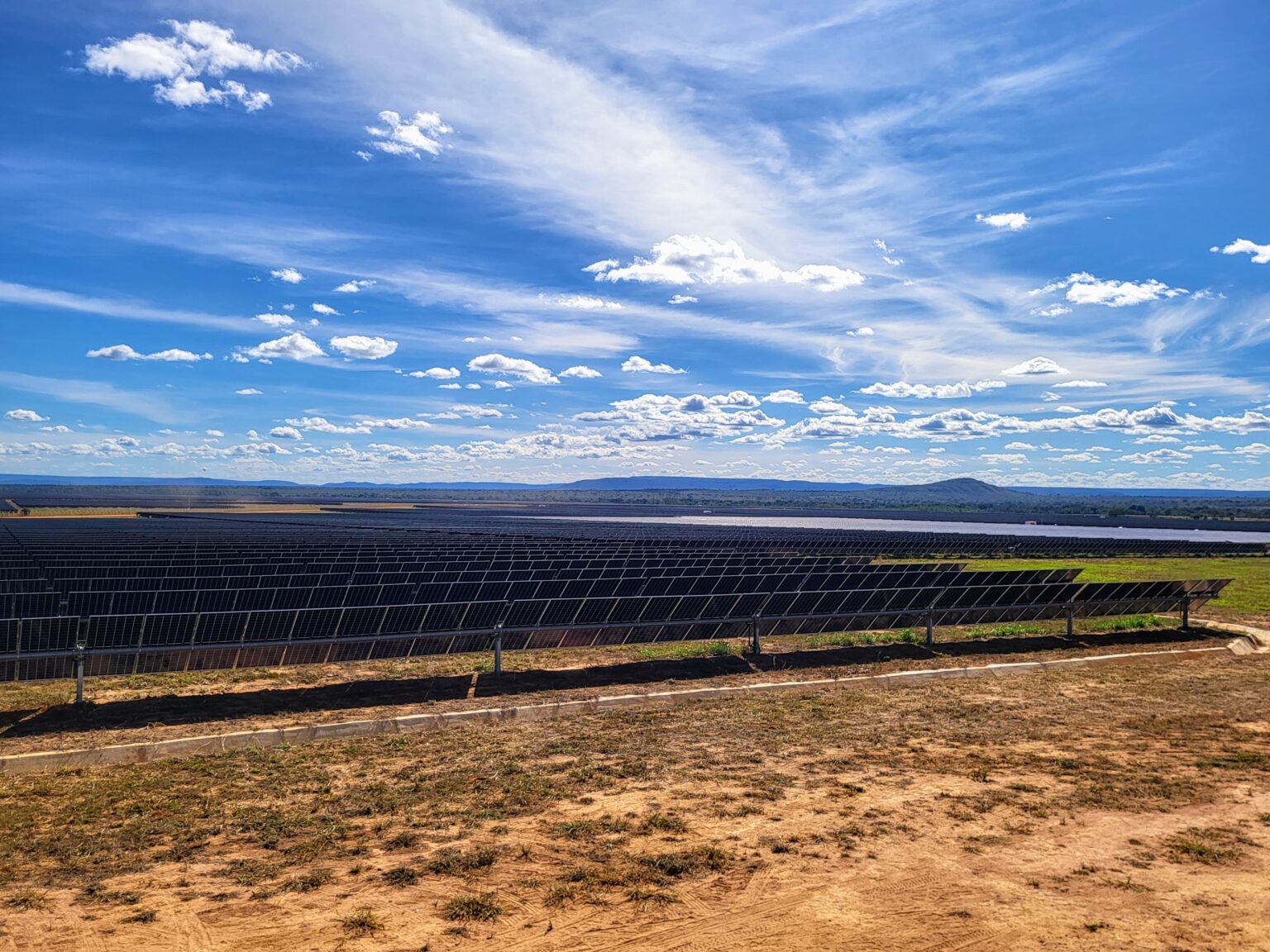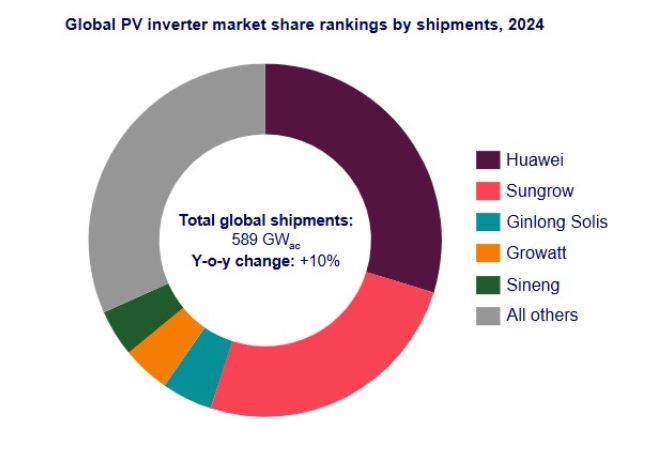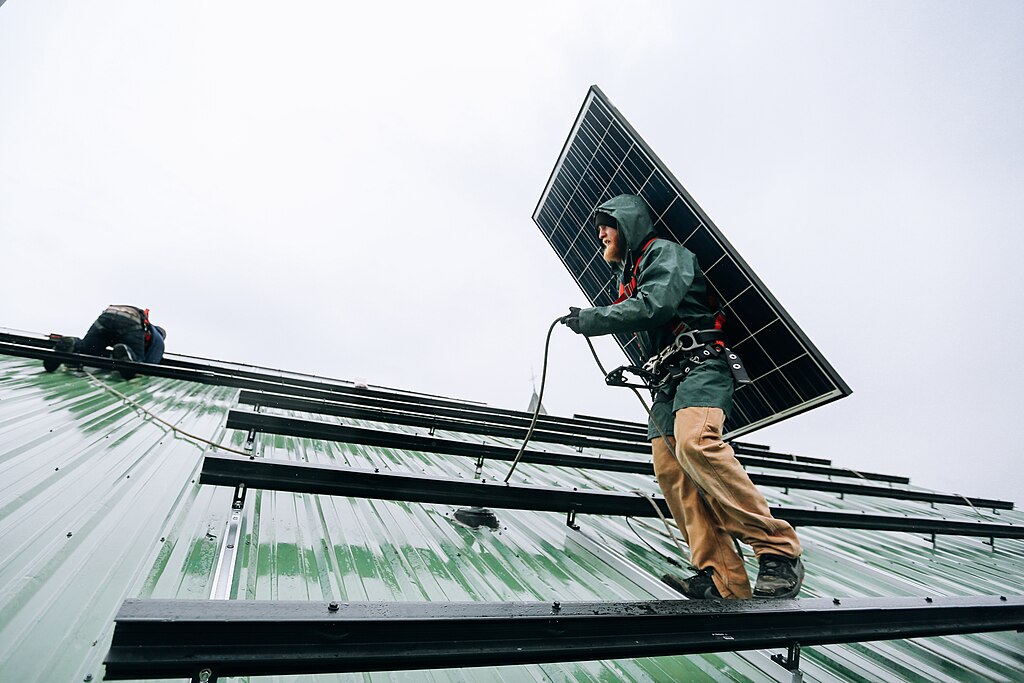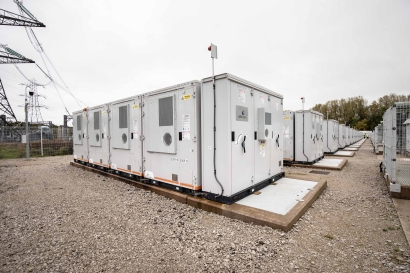WoodMac: World needs 1.4 TW of grid-forming batteries by 2034
The data company says investments of $1.2 trillion in battery energy storage systems (BESS) will be required to support the installation of over 5.9 TW of new wind and solar capacity globally through 2034.
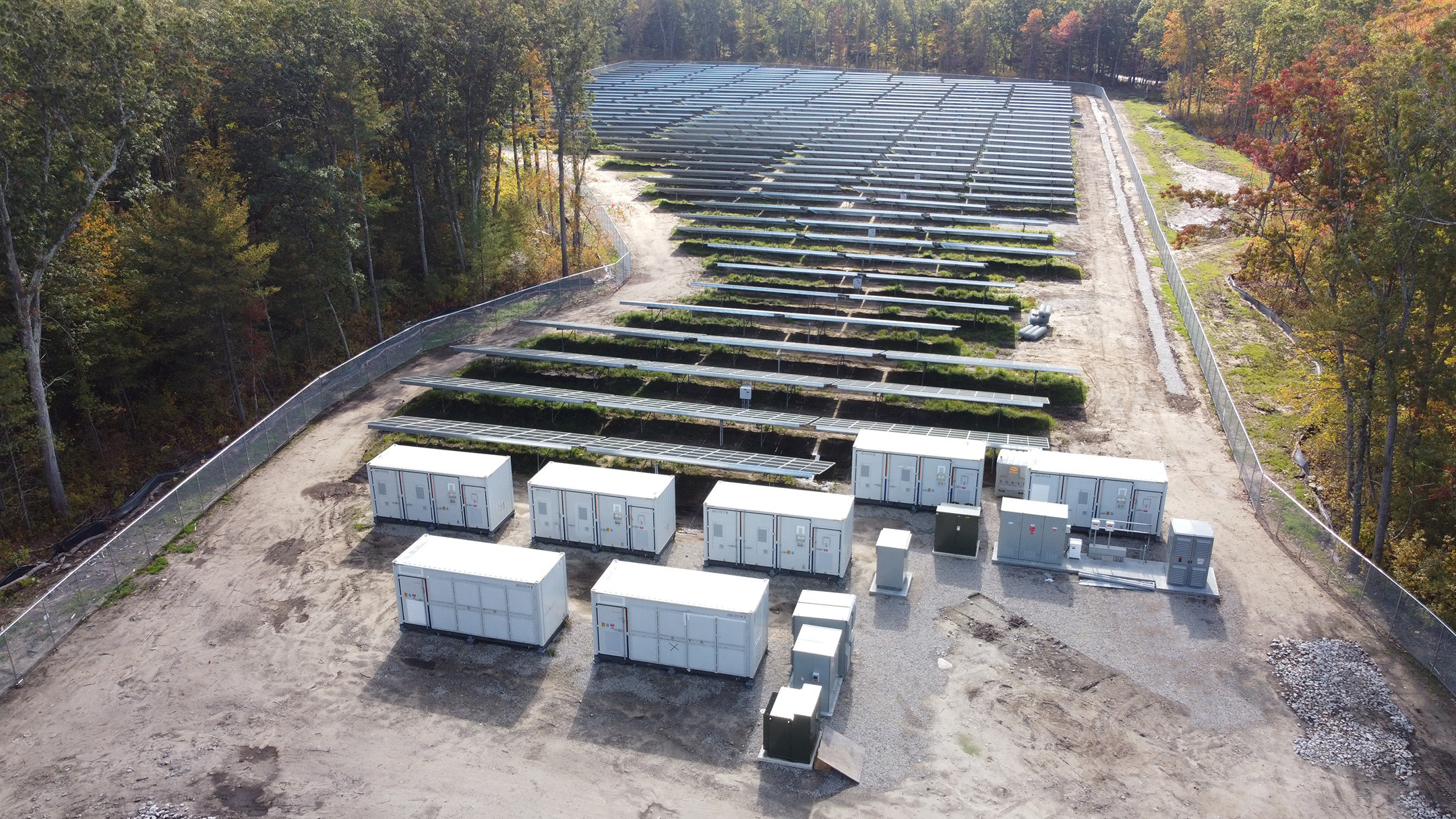
The data company says investments of $1.2 trillion in battery energy storage systems (BESS) will be required to support the installation of over 5.9 TW of new wind and solar capacity globally through 2034.
Analyst Wood Mackenzie has highlighted what it estimates will be a 1.4 TW global “capacity gap” in the deployment of utility-scale batteries with grid-forming technology.
Predicting the world will require $1.2 trillion of BESS investment through 2034, to back the more-than-5.9 TW of new solar and wind generation capacity expected to come online during that time, WoodMac says the use of advanced BESS with grid-forming technology will be crucial.
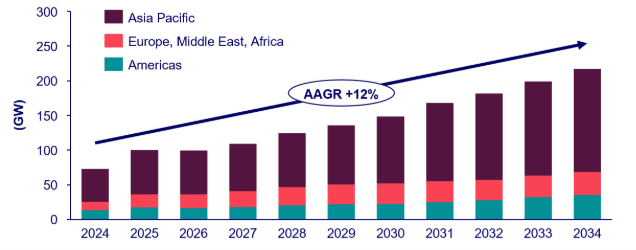
Grid-forming BESS are able to provide grid-strengthening services such as black start capability – enabling network restart after a blackout; grid frequency and voltage stabilization; and the inertia necessary to secure time for alternative electricity sources to come online when individual generators fall short.
“Grid-forming battery energy storage systems represent a critical breakthrough for renewable energy integration,” said WoodMac research director Robert Liew in a note today. “As global power demand is projected to surge 55% by 2034, with variable [-generation] renewable energy comprising over 80% of new capacity additions, GFM BESS provide the technological bridge between renewable [energy] abundance and grid stability requirements.”
While grid-forming BESS cost around 15% more than conventional grid-scale sites – thanks to the need for upgraded inverters, controls, and software – WoodMac said falling technology costs have seen average battery energy storage prices fall 10% to 40% worldwide over the last year.
Please read the full story on our ESS News website…
What's Your Reaction?























